Book Expo (formerly Book Expo America or BEA) is an annual publishing industry trade show that’s been going on for 70 years. The expo is primarily geared toward traditional publishing although in recent years, they’ve opened up a smaller exhibition area for indie authors.
2017 marked the first year that the show was run by ReedPop—the company responsible for New York Comic Con, Penny Arcade Expo and other major fan conventions around the world. The expo turns into fan-meets-author during the weekend–BookCon, mostly attended by young, female YA fans.
According to insiders, the expo has become much smaller in recent years. This was my first year attending as a publishing consultant. The expo is dominated by publishing industry insiders. Attendees include literary agents, booksellers, librarians, media, as well as authors.
While smaller, the event still feels massive. There were several large main stage celebrity talks, including Hillary Clinton, Stephen King, and Senator Al Franken. While the celebrity panels were entertaining, I attended learning sessions during the three days and offer several surprising takeaways.
1. Amazon offers a new alternative to the long-standing bestseller lists.
It’s no surprise that Amazon continues to shake up the publishing industry. There is still plenty of Amazon-bashing going on at the conference. Publishers know that to contend, they must use Amazon, and there’s still a strong dislike for the power the tech company holds.

Image by Christian Ferrari
Now, to further threaten the old ways, Amazon recently released Amazon.com/charts which lists the top 20 most read print and digital books.
Why is this important? The NY Times bestseller list is not just based on books sold; there’s also a subjective factor that’s hard to decipher. The NYT editors must deem you worthy of the list. Despite this, there are ways to game the system and end up on the list even if few people are really buying the books.
Amazon Charts shows the books that people are actually reading using data from Kindle devices. Imagine the power of such data! Amazon has an opportunity to deliver an incredible experience to readers in the future. Amazon could tailor book suggestions to readers based on what they are most likely to finish reading.
Imagine how valuable this type of knowledge would be for authors! If Amazon could tell me that 80% of people stopped reading when they got to chapter six of my novel, then I could fix the issues (e.g., too boring, unclear writing, etc.).
2. It’s not about print versus digital; people want both.
2017 marks the 10-year anniversary of the Kindle and iPhone. Hard to believe that the technology that’s so pervasive has only been around a decade.
Kristen McLean from The NPD Group presented findings from an extensive study on the reading habits of U.S. kids. Her data showed that print book sales have been growing since 2013. She argues that eBook sales are healthy and aren’t going away, but sales are stagnant. As an aside, her data does not include indie eBook sales (many indie authors don’t use ISBNs). The eBook findings are heavily skewed toward traditional publishing and this data is questionable.
It should be no surprise that children’s books remain less digitalized; parents prefer print for kids. In fact, print book sales for children’s books have grown 5% since 2013. NPD data also shows a trend among kids toward both analog and digital when it comes to toys.
The future, McLean says, “is not black and white.” Digital and print books can coexist which is good news for authors.
3. Millennials love hygge and authors have an opportunity to target this market trend.

The 75th anniversary of Little Golden Books
Have you heard of the Norwegian word, “hygge?” It means homespun pleasures and signifies well-being, contentment, and coziness.
Think of the growing trend toward DIY activities done in the home with family: home meal kits, streaming content, housewares, and crafts. Sales of board games have undergone double digit growth in the U.S.
Millennials are now the largest living generation in the U.S. (75 million) and they are investing a lot in their kids. They are also consuming more traditional media such as magazine and newspapers than baby boomers.
When surveyed, millennials said that they would consume digital content if it is woven into their daily lives. Think wearable health devices—millennials love their Fitbits because they are non-intrusive. They appreciate efficiency and enabling technology (Lyft/Uber).
If you’re an author who is writing about family, home, or arts and crafts, you have an incredible opportunity to tap into this growing market. Consider technology solutions that enable good living.
4. YouTube is killing it and this affects authors.
If you want to reach kids, teens, and young adults, YouTube is the place to be. The video platform is especially popular among children ages 7 to 12 for watching television, listening to music, and posting content.
Consider the slime phenomenon. There are 2.7 Million #slime posts on Instagram. Kids are posting their own how to make slime videos on YouTube. The science trend is affecting industry—sales of Elmer’s glue and other slime ingredients have boomed.
The data from the NPD Group showed that teen reading is in steep decline. Again, a cautionary note that this data did not include eBooks without ISBNs. Yet, there has been a 24% growth in comics and graphic novels with middle school-age kids being the sweet spot for this type of content.
5. There are more libraries in the U.S. than Starbucks.
Plenty of librarians attend Book Expo. David Burleigh from Overdrive presented data about public and school libraries. Lending for eBooks and audiobooks has experienced significant growth, +16% and +34%, respectively. 62% of library consumers are women between ages 45 – 54 and they read 2 to 3 times more books than your average library patron.
Many libraries are using digital book clubs to engage with readers. Check out BigLibraryRead. This is Overdrive’s book club where they offer a free eBook to libraries. Burleigh said that 20,000 libraries participate!
If you can manage to get your book on the book club list, there can be an enormous impact on sales. Two books that were on the list: “A Murder in Time” and “This is Where It Ends.”
6. BookBub is making smart moves.
BookBub is the book marketing holy grail for many independent authors. More recently, traditional publishers have discovered how effective getting a BookBub ad is.
A marketing exec from BookBub presented metrics. The company is heavily data-driven and seem to be making smart choices to continue their growth. With 10 million subscribers in 5 global regions, their featured eBooks daily newsletter reaches an audience that is 76% female with most over age 40. Over half (54%) are suburban and are power readers (reading 4+ books per month).
While BookBub is largest in the US, they are making plays into other countries. They have 1 million+ subscribers in the UK and recently expanded into India and Australia, which is growing quickly.
BookBub is also making a play into pre-orders. They have an option where you can broadcast your pre-order or new release to your followers. They will only allow this for authors with followings greater than 1000 people.
Authors: If you haven’t already, claim your books through your BookBub author profile and start building your number of followers.
7. Most people listen to audiobooks while at home.
Michelle Cobb from the Audio Publishers Association gave an interesting Book Expo talk on the growth of audiobooks. There has been a significant increase in sales with double digit increases in audiobook spend.
Podcast listeners are twice as likely to also listen to audiobooks (podcast book ads anyone?). Frequent audiobook listeners consume 4+ books per month and are 56% male.
There has been amazing growth among younger listeners fueled by the growth of smartphones—most listeners (57%) prefer to use their phones. Also spurring growth are the new home devices—19% of listeners are using voice-enabled wireless speakers (Echo, Google Home).
Most surprising, was that 71% of people surveyed listen at home, while 58% listen in vehicles.
The researchers probed deeper and asked people what they were doing at home while they listened to books. You’d think people were multitasking, but it turned out that 56% said they listened to books and did nothing else. Others said they listen to relax before falling asleep.
Other findings:
-
Library listeners are discovering audiobooks.
-
There’s a trend with celebrities reading their own biographies or reading works of fiction by other authors.
-
New services are emerging that will put audiobooks in Audible and Overdrive (libraries & schools).
-
BookBub is thinking about promoting audiobooks in addition to eBooks.
8. Augmented and Virtual Reality could revolutionize the book industry.
I’m a sci-fi nerd and was transfixed watching tech journalist, David Ewalt’s presentation. He explained the differences between virtual (you become part of the environment—think total immersion) and augmented reality (inserts digital objects into reality).
The tech can be as basic as Google cardboard to more sophisticated offerings like Oculus Rift which has an incredible demo where a Tyrannosaurus Rex charges you inside a museum.
Innovations for authors include immersive book trailers. Imagine your readers viewing a 360-

Book Expo 2017 was held in Manhattan. VR could change book readings & live events.
degree video of their favorite characters. Ewalt says that author events and live readings can also be virtual, thus expanding beyond geographic limitations. A company called Altspace VR specializes in virtual meeting room technology.
What’s more, authors can create environments that go with the story. Microsoft Hololens technology projects a 3D display. An example was a book about architecture that reveals a building’s structure so that it renders as a physical structure that seems to rise from the page.
I was very excited about the innovation happening at a company called Magic Leap that is developing augmented reality where photons are shot into your eyes. Digital objects seemingly come to life in front of you and are indistinguishable from real objects.
Awesome or frightening? You be the judge, but I see an incredible opportunity for authors who choose to embrace this technology early.
Check out this video to see Strange Beasts—AR in action!
9. Question everything.
One of my favorite Book Expo sessions was from Renee Mauborgne, co-author of Blue Ocean Shift (available September 2017). I tore through my galley copy on the plane ride home. This book is essential reading for business owners, entrepreneurs, and authors.
Shift is the sequel to Blue Ocean Strategy and was ten years in the making. Mauborgne asked the audience, “Would you rather compete or create?” The question elegantly summarizes the concept of the book. When you’re in a red ocean, you’re facing heavy competition; it’s hard to differentiate yourself and the only way to increase sales is to drop your price. Think how painful it can be for indie authors to price their books at 99 cents to compete.
When a company makes a blue ocean shift, they create new market opportunities by rethinking industry assumptions, or going outside their current customers to create a new opportunity that finds non-customers.
Two examples that illustrate blue ocean shift:
A) A company in France faced heavy competition among knock off French fry makers. Price was the only thing they could compete on and growth was declining. Using Blue Ocean strategy, they challenged all the long-standing industry assumptions. What if a french fry maker didn’t need as much oil (messy, smelly, hard to dispose of and unhealthy)? They ended up developing a new product that required a tablespoon of oil yet still made delicious fries and ended up growing exponentially. Oprah Winfrey declared that the product changed her life; their stock price rose.
B) The creation of customized ring tones was a new market opportunity that allowed customers to personalize their smart phones with favorite songs. This wasn’t an industry that existed until someone created it, taking smart phone customization to new levels.
As authors, we can use the principles in Blue Ocean Shift to challenge ourselves. We don’t always need to follow what other authors or the publishing industry is doing.
How can you challenge yourself to identify the non-customers who may be out there and need your help? We can achieve great benefit in thinking strategically.
Push new boundaries to find the blue oceans instead of flailing around waiting to be discovered in a red ocean.
10. Authors need to pay way more attention to keywords.
Amazon is tracking everything. For the keywords that you’ve selected for your book, do you rank for that search term? Meaning, does your book appear on the first page when you enter a particular search term?
If not, Amazon will count this against your book. If your book appears in a search, but nobody clicks on or buys it, this will count negatively. Amazon won’t bring your book up in search results as frequently.
What can authors take away from this? Look at your keywords regularly to see whether you are ranking. If not, adjust your keywords and experiment with new ones. According to Kadaxa, a data science company solving discoverability for books, changing up your keywords can give you a boost in sales.
Another tip from Kadaxa: the best keywords come from readers.
Read customer reviews for keywords because the language they use is how they are searching for books.
I hope you have found my BEA takeaways useful. Please leave a comment below—what do you think about these trends and tips?

Denis Leary, Isla Fisher and John Hodgins offered comic relief.

Al Franken and Mark Maron

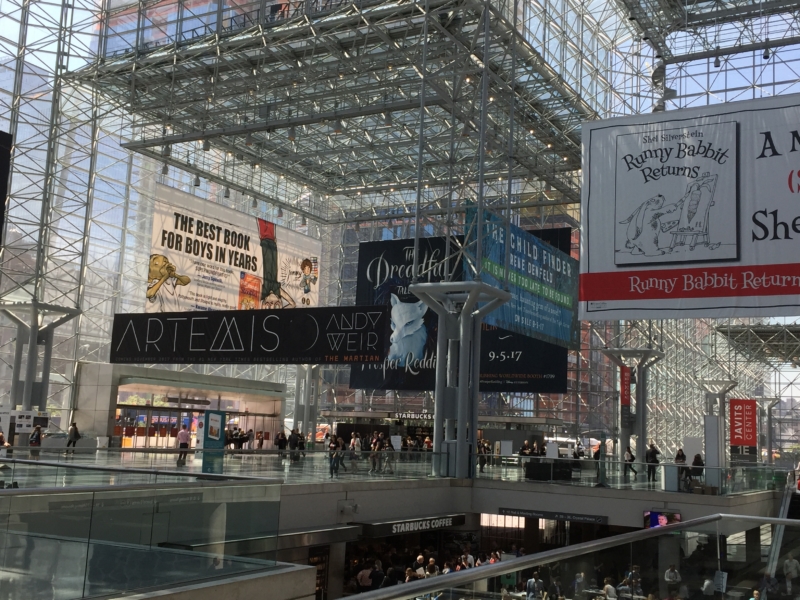
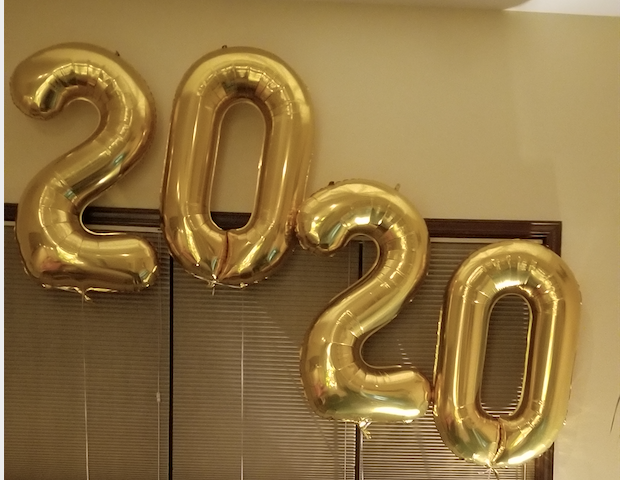

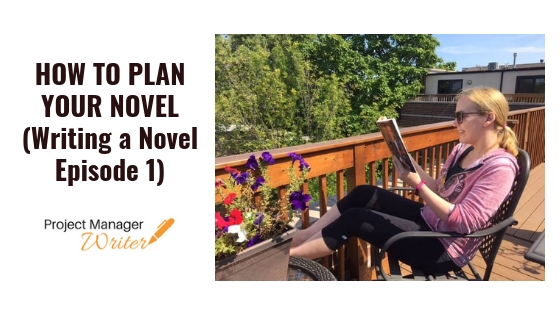
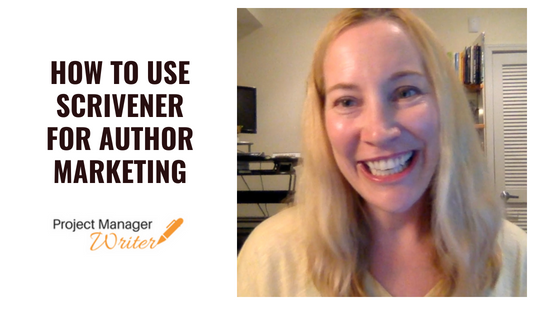
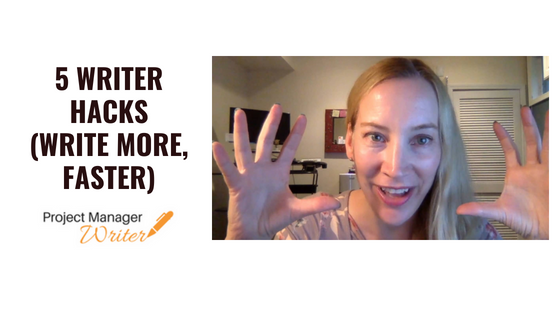
Leave A Comment